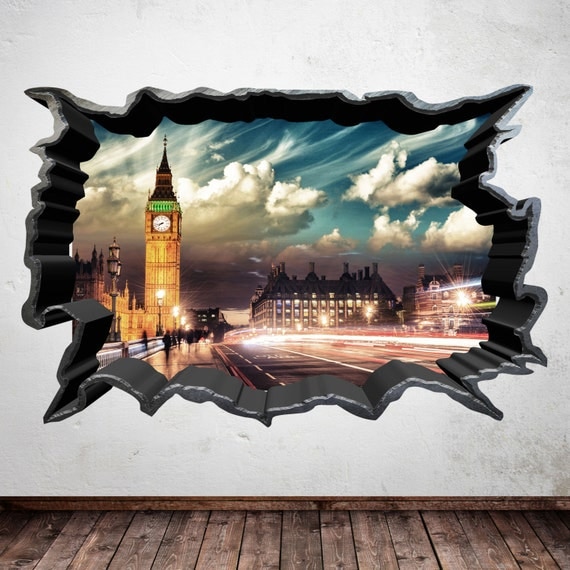

It has remained like this ever since.ĭue to the unorthodox shape and thickness required by Beckett’s design, Big Ben already had a higher tone than would be expected for a bell of its size and weight-it is nine feet in diameter and weighs 13.5 tonnes. To avoid the expense of bringing the bell back down for a repair or recasting, it was merely turned by an eighth, the crack filed off and a new, smaller hammer put in place. Repeated striking in the same place (the bell is too heavy to swing, so is held rigid on a frame) caused an eight-foot rupture in the metal. According to the Whitechapel Bell Foundry’s history of the incident, the damage occurred because Beckett had disregarded the advice of the bell’s caster and installed a hammer twice as heavy as was necessary to strike the hours. The fact that both the bell’s shape and metallic composition were designed by an amateur, the clock-fancying barrister Sir Edmund Beckett, further compounded this mythology of nineteenth-century entrepreneurship and superiority.īut two months after Big Ben began to chime, it cracked. Big Ben’s bong was always intended to be a sound that would reverberate across London and, by reputation, the world, as an example of British technological prowess. It was the biggest bell cast to date in Britain, and the clock’s mechanism was to be the most accurate ever devised. Even before it sounded for the first time, it had become a symbol of British empire and exceptionalism. It was cast at the Whitechapel Bell Foundry on 10 April 1858 and installed in the tower in May 1859, beginning official duties in August that year. Like much of Parliament’s pomp and tradition, Big Ben is a Victorian creation. But for all the wailing about “health and safety gone mad” muzzling one of Britain’s most iconic and essential landmarks merely out of a desire to protect the hearing of the workers carrying out the repairs, there is little examination of just what it is about this particular bell’s sound that gives it such patriotic overtones. The great bell at the top of the Palace of Westminster’s Elizabeth Tower will now be silent for four years-other than on special occasions like New Year’s Eve and Remembrance Sunday-while essential refurbishment works are carried out on the clock tower. Yet the first track on the album, and the most popular choice by far, was the sound of Big Ben. The subsequent album- Your Favourite London Sounds-contains 40 pieces of audio, with subjects as diverse as “onions frying in my flat,” “rain on skylight while lying in bed” and the call to prayer from an east London mosque.

Hundreds of Londoners from all over the city shared their favourite sounds, and then Cusack made recordings of their choices. In 1998, the artist Peter Cusack took part in an inquiry into London’s soundscape.

But why are people so attached to the sound of the bell? Photo: PA


 0 kommentar(er)
0 kommentar(er)
